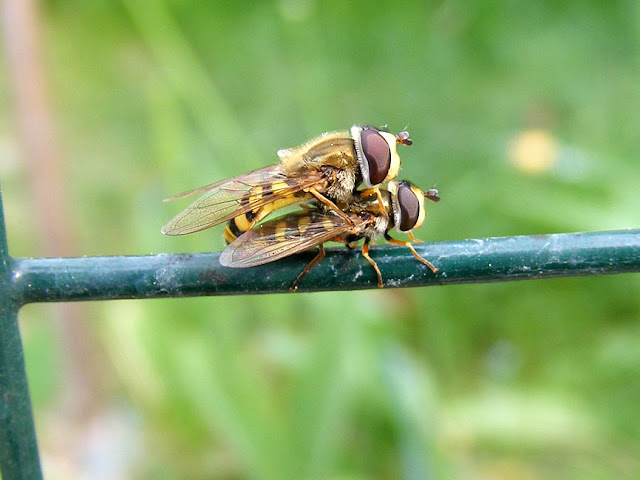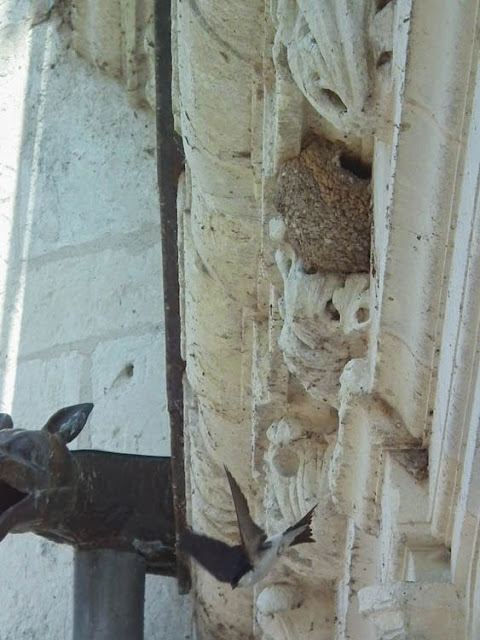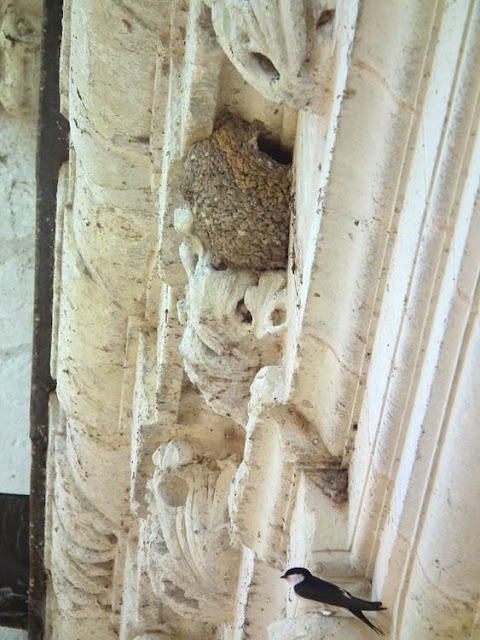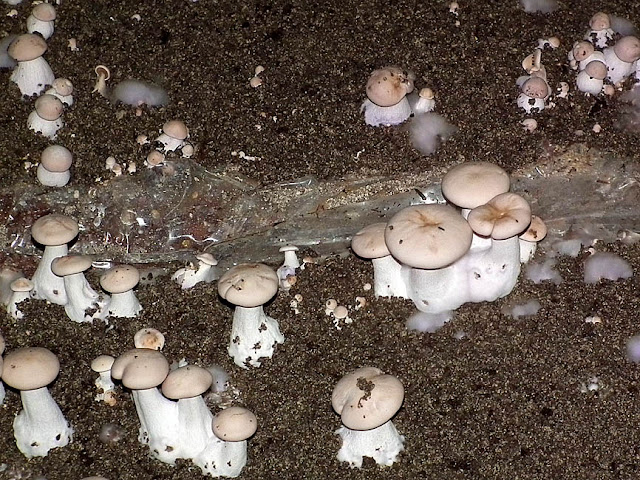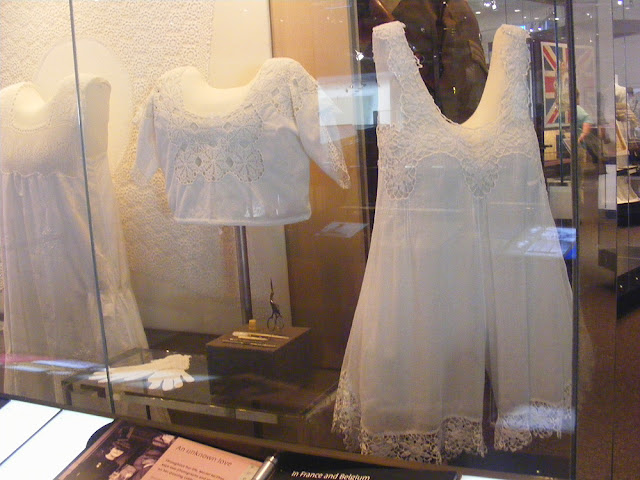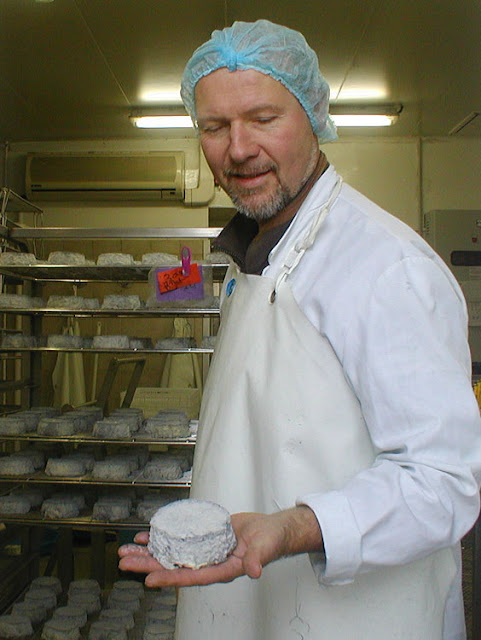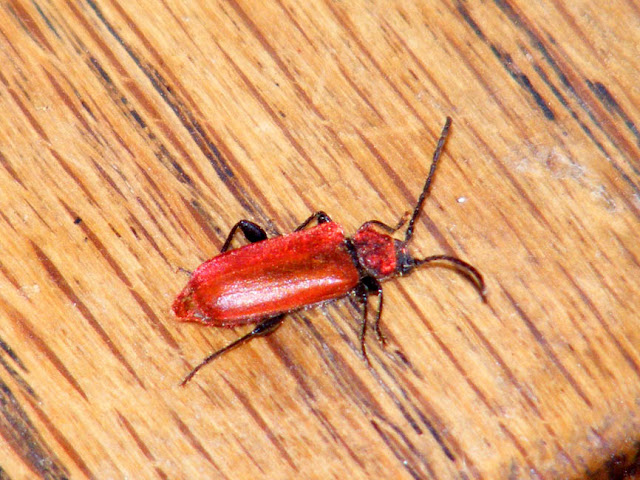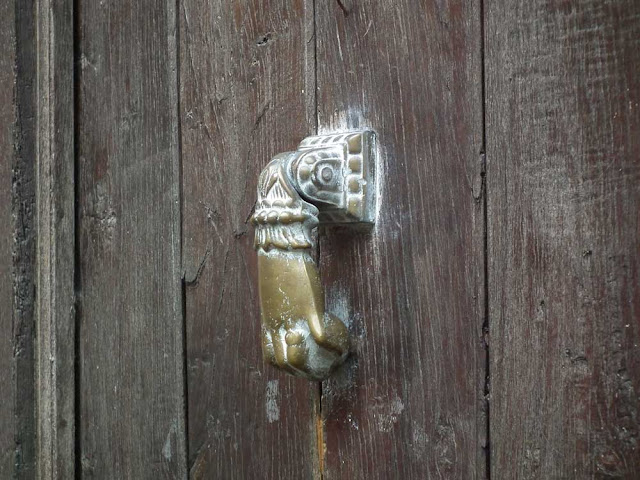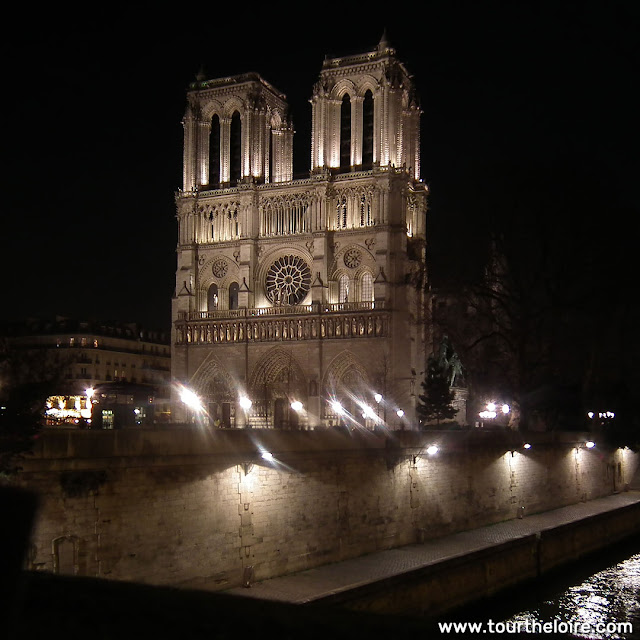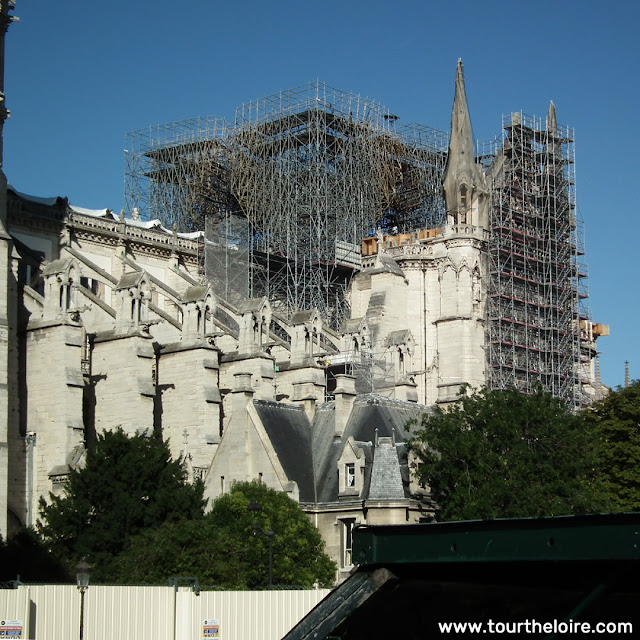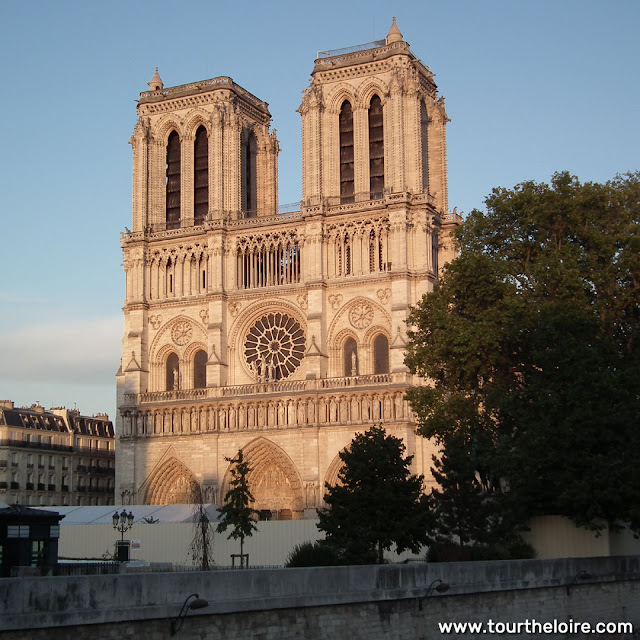The strict lockdown rules in France have led to a lot of whinging and complaining about the detail, and some really valid concerns about how certain groups are at serious risk from things other than the Covid19. Like many other places in the world an unfortunate effect of the lockdown has been soaring domestic violence incidents, and a realisation that not all kids have access to the resources necessary for adequate home schooling.
Proper champagne, from a medium sized estate you've probably never heard of.
But mostly, the rules about staying at home have been adhered to by a population that is broadly in favour of how the government is treating the crisis. It reminds me of the changes to smoking laws, where there was an expectation of widespread disregarding of the ban on smoking in restaurants, but in fact, smoking in restaurants stopped overnight. Smokers accepted that they were in a dwindling minority and took over the terraces.
With the silent majority behind the legislation there was a genuine cultural change in smoking behaviour, and now in physically isolating to slow the progression of the virus. Sure there has been unease about the PPE situation and criticism about the clarity of some government messages, but Emmanuel Macron's popularity rating has shot into the stratosphere, people have stopped shaking hands and kissing, and only leave the house every few days for supplies rather than daily.
Chinon red wine from a small family estate in the Touraine Loire Valley.
One of the most interesting outcomes of the lockdown is that alcohol sales have gone down in France significantly, where it has gone up significantly in anglophone countries by about the same amount. I think this tells you something really important about French culture. Something I've suspected but wondered whether it was one of those rose coloured misconceptions that foreigners can be prone to. That is that drinking alcohol is not something you do at home alone in France, or to excess.
It is intimately connected with socialising, when you want to relax with your friends and chat. It is not about drinking to oblivion but drinking to enhance social interaction. You don't drink because you are anxious or bored and can't sleep. You drink because social occasions benefit from a bit of lubrication.
Natural sparkling wine from Vouvray in the Loire Valley.
The French have very quickly adopted the 'video apéro' as a way of linking up with friends and family, but it's not the same as gathering in a bar together, and consequently, alcohol consumption is down 16% here. Anglo households in Australia, the US and the UK on the other hand are drinking 20% more and are finding themselves getting through a bottle or two every evening, not just a single glass, and not just on the weekends. After all, they are not getting up at the crack of dawn any more to commute to work.
Personally I've been quite intrigued to see these figures. I think this cultural difference in how alcohol fits into the daily routine is important, but I also suspect that many French households have better stocked cellars that they can select from in a time of crisis rather than risk a trip to the shops or spend on a delivery when they don't know how secure their finances are.
************************************************
For details of our private guided tours of chateaux, gardens, wineries, markets and more please visit the Loire Valley Time Travel website. We would be delighted to design a tour for you.
We are also on Instagram, so check us out to see a regularly updated selection of our very best photos.
We are also on Instagram, so check us out to see a regularly updated selection of our very best photos.






